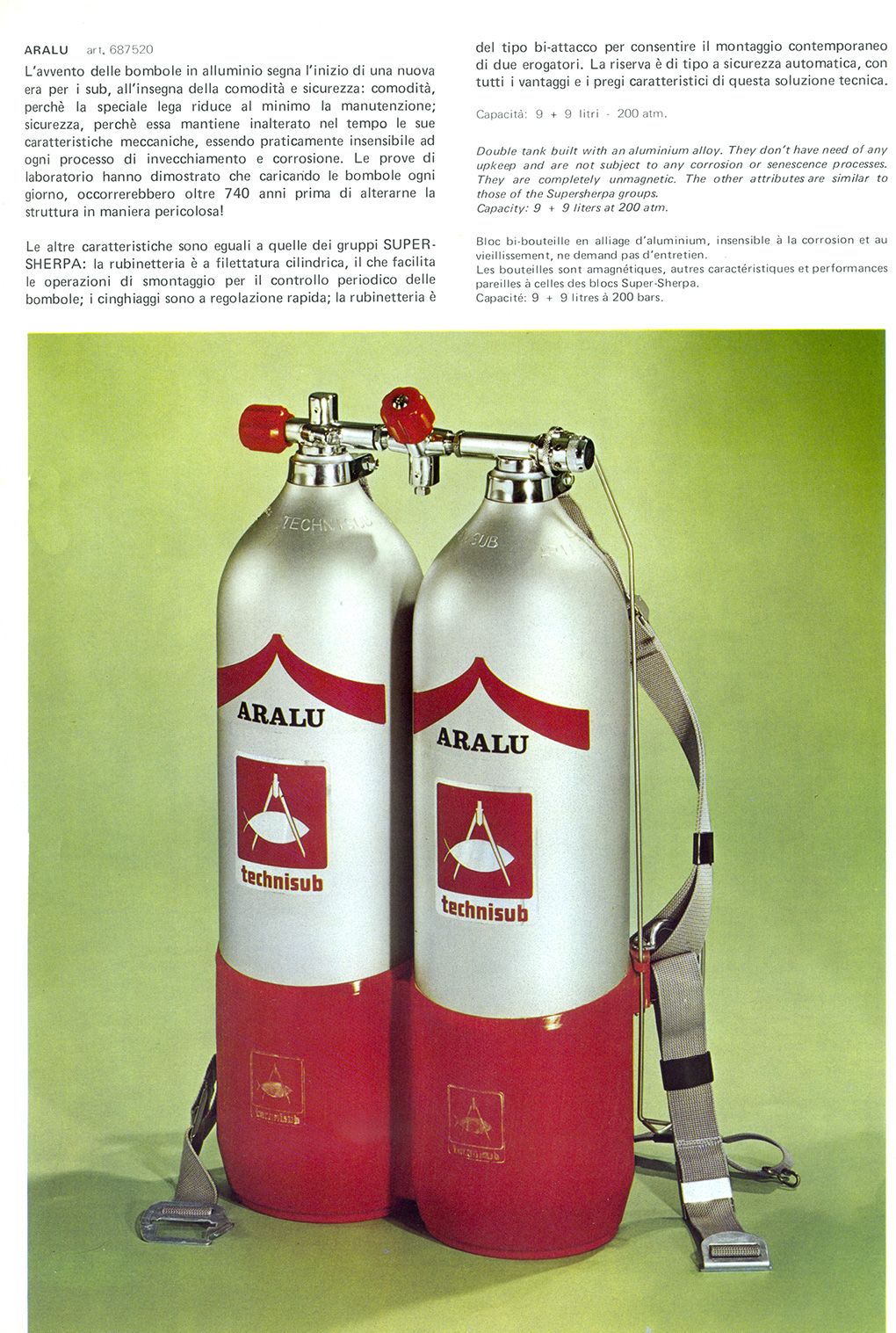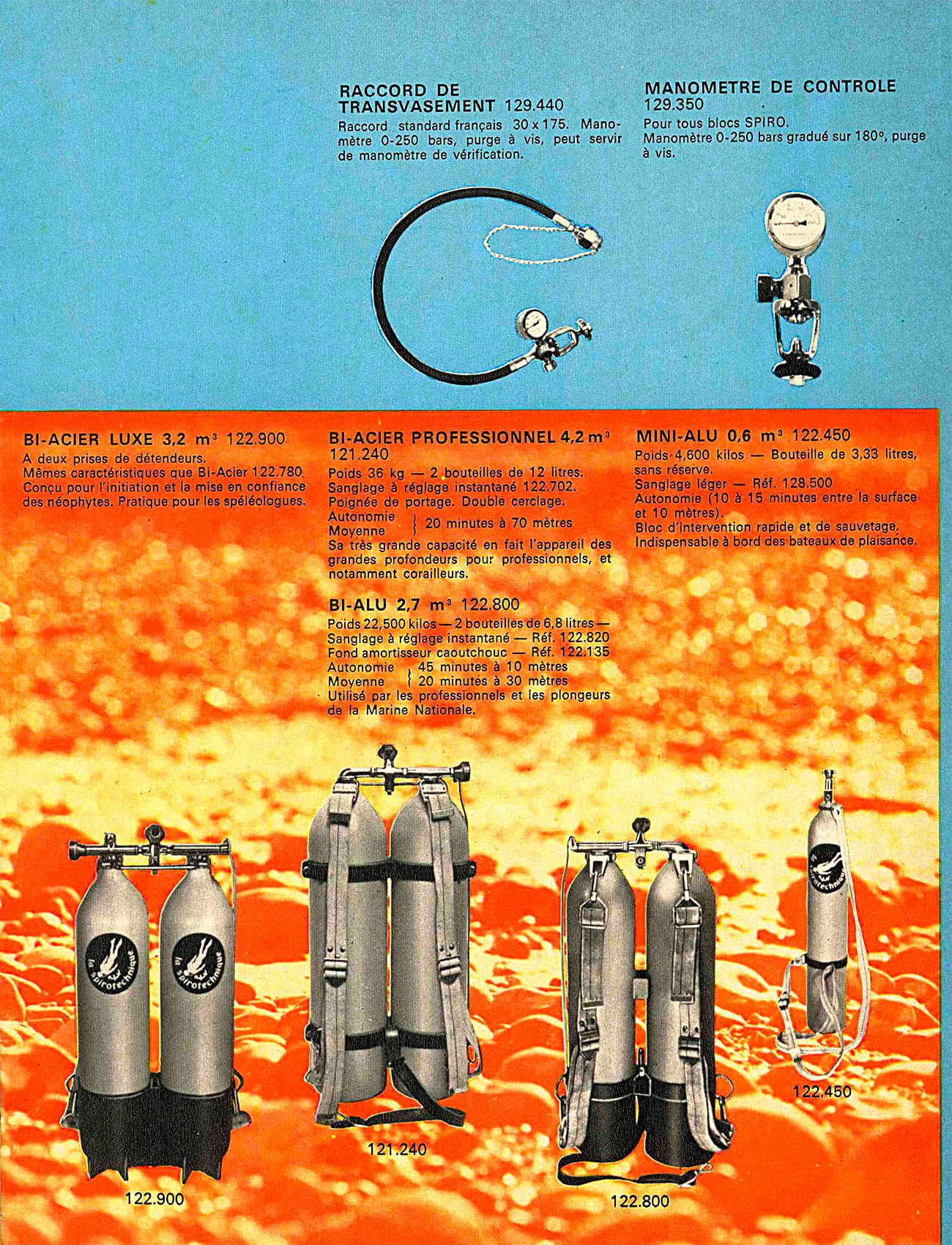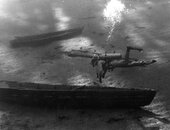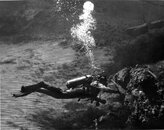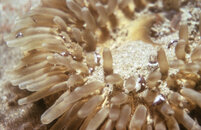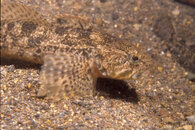CT-Rich
Contributor
Just an observation, since 50 years and CCR seem to be getting tossed around quite a bit. In 1972, I doubt many divers would expect the push button boyuancy control we have today or the ease with which light deco and mixed gasses can be done the aid of ubiquitous and cheap dive computers, or how popular tech and cave diving would become because of all the advances in equipment and training.
Seeing divers prepping CCRs at the local dive spots does not generate much notice any more and they are not considered quite the death traps they once were.
In 50 years, I doubt much diving beyond 100‘ will be done OC and many charters will not allow OC on certain dives because of safety and insurance concerns. OC diving will be relegated to unwashed masses currently paying for snorkel charters. A DM on the boat will monitor the depth, BT and air consumption of the tourist, even able to remotely control their ascent rates.
The diving of Sea Hunt and the Under Sea World of JYC was a longtime ago.
Seeing divers prepping CCRs at the local dive spots does not generate much notice any more and they are not considered quite the death traps they once were.
In 50 years, I doubt much diving beyond 100‘ will be done OC and many charters will not allow OC on certain dives because of safety and insurance concerns. OC diving will be relegated to unwashed masses currently paying for snorkel charters. A DM on the boat will monitor the depth, BT and air consumption of the tourist, even able to remotely control their ascent rates.
The diving of Sea Hunt and the Under Sea World of JYC was a longtime ago.



